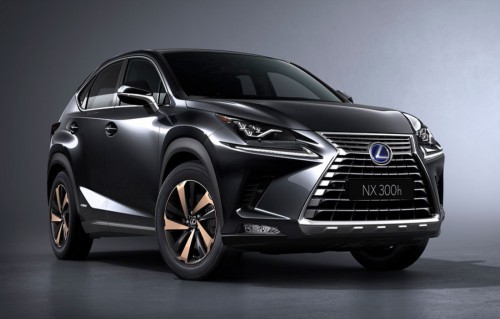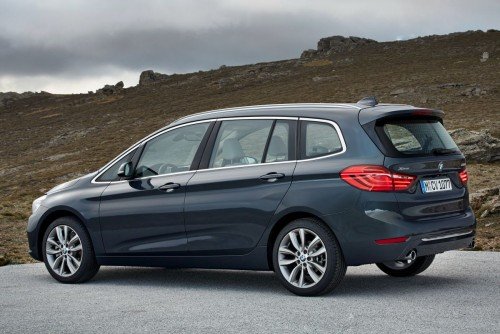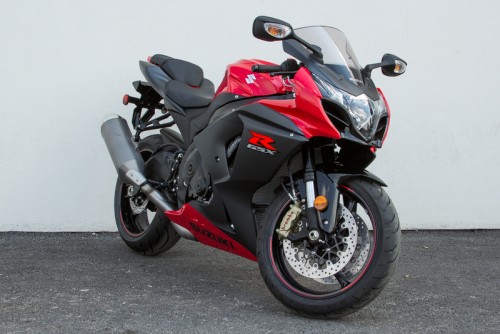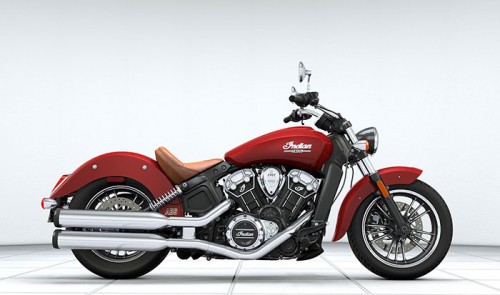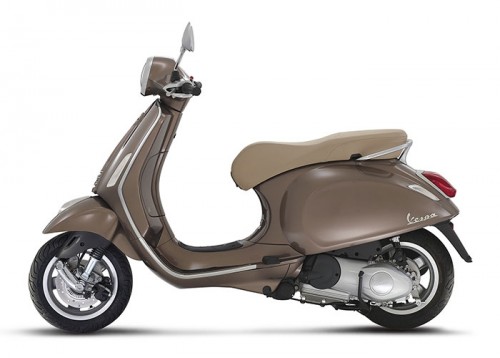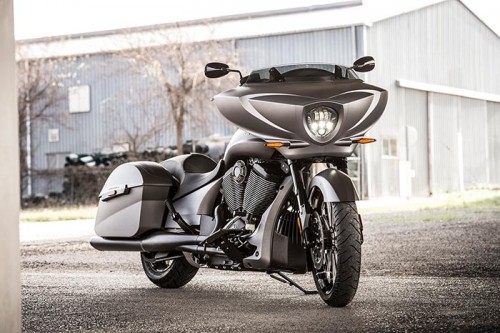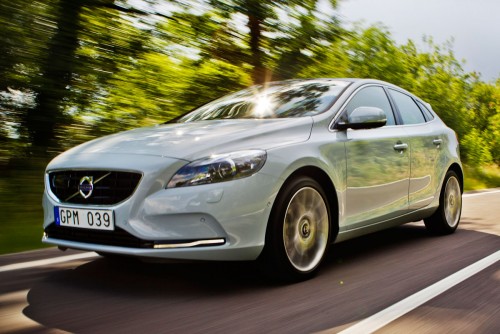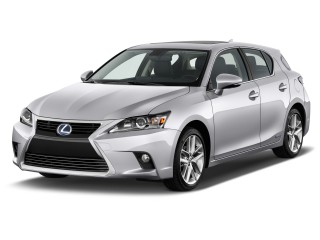About Peugeot
History
Early history
The Peugeot family of Valentigney, Montbliard, Franche-Comt, France, began in the manufacturing business in the 18th century. In 1842, they added production of coffee, pepper, and salt grinders. The company's entry into the vehicle market was by means of crinoline dresses, which used steel rods, leading to umbrella frames, saw blades, wire wheels, and ultimately bicycles.Armand Peugeot introduced his "Le Grand Bi" penny-farthing in 1882, along with a range of other bicycles. Peugeot bicycles continued to be built until very recently, although the car company and bike company parted ways in 1926.
Armand Peugeot became interested in the automobile early on and, after meeting with Gottlieb Daimler and others, was convinced of its viability. The first Peugeot automobile, a three-wheeled steam-powered car designed by Lon Serpollet, was produced in 1889; only four examples were made. Steam power was heavy and bulky and required lengthy warmup times. In 1890, after meeting Gottlieb Daimler and mile Levassor, steam was abandoned in favour of a four-wheeled car with a petrol-fuelled internal combustion engine built by Panhard under Daimler licence. The car was more sophisticated than many of its contemporaries, with a three-point suspension and a sliding-gear transmission.
Inter-war years
Postwar, car production resumed in earnest.
Racing continued as well, with Boillot entering the 1919 Targa Florio in a 2.5-liter (150ci) car designed for an event pre-empted by World War One; the car had 200,000 km (120,000 mi) on it, yet Boillot won with an impressive drive (the best of his career) Peugeots in his hands were third in the 1925 Targa, first in the 1922 and 1925 Coppa Florios, first in the 1923 and 1925 Touring Car Grands Prix, and first at the 1926 Spa 24 Hours. Peugeot introduced a five valve per cylinder, triple overhead cam engine for the Grand Prix, conceived by Marcel Gremillon (who had criticised the early DOHC); but the engine was a failure.
The same year, Peugeot debuted 10 hp (7.5 kW) and 14 hp (10.4 kW) fours, the larger based on the Type 153, and a 6-liter 25 hp (19 kW) sleeve valve six, as well as a new cyclecar, La Quadrilette.
During the 1920s, Peugeot expanded, in 1926 splitting the cycle (pedal and motor) business off to form Cycles Peugeot, the consistently profitable cycle division seeking to free itself from the rather more cyclical auto business, and taking over the defunct Bellanger and De Dion companies in 1927. 1928 saw the introduction of the Type 183.
Post World War II
In 1946, the company restarted car production with the 202, delivering 14000 copies.In 1947, Peugeot introduced the Peugeot 203, with coil springs, rack-and-pinion steering, and hydraulic brakes.The 203 set new Peugeot sales records, remaining in production until 1960.
Peugeot would take over Chenard-Walcker in 1950,having already been required to acquire a controlling interest in Hotchkiss in 1942. A popular model introduced in 1955 was the Peugeot 403. With a 1.5-liter engine, it sold one million copies by the end of its production run in 1962,
The company began selling cars in the United States in 1958, and in 1960 introduced the Peugeot 404, which used a 1,618 cc (99 cu in) version of the 403 engine, tilted 45. The 404 proved rugged enough to win the East African Safari Rally, in four of the six years between 1963 and 1968.
More models followed, many styled by Pininfarina such as the 504, one of Peugeot's most distinctive models. Like many European manufacturers, collaboration with other firms increased; Peugeot worked with Renault from 1966 and Volvo from 1972.
Several Peugeot models were assembled in Australia, commencing with the 203 in 1953. These were followed by 403, 404 and 504 models with Australian assembly ending with the 505 in the early 1980s.
1980s and 1990s
In 1983 Peugeot launched the popular and successful Peugeot 205, which is largely credited for turning the company's fortunes around.
As part of the Guangzhou Peugeot Automobile Company (GPAC) joint venture, Peugeot 504 and 505 were built in China from 1985 to 1997.
In 1986, the company dropped the Talbot brand for passenger cars when it ceased production of the Simca-based Horizon/Alpine/Solara models. What was to be called the Talbot Arizona became the 309, with the former Rootes plant in Ryton and Simca plant in Poissy being turned over for Peugeot assembly. Producing Peugeots in Ryton was significant, as it signalled the very first time Peugeots would be built in Britain. The Talbot name survived for a little longer on commercial vehicles until 1992 before being shelved completely.
As experienced by other European volume car makers, Peugeot's U.S. and Canadian sales faltered and finally became uneconomical, as the Peugeot 505 design aged. For a time, distribution in the Canadian market was handled by Chrysler. Several ideas to turn around sales in the United States, such as including the Peugeot 205 in its lineup, were considered but not pursued. In the early nineties, the newly introduced Peugeot 405 proved uncompetitive with domestic and import models in the same market segment, and sold less than 1,000 units. Total sales fell to 4,261 units in 1990 and 2,240 through July 1991, which caused the company to cease U.S. and Canada operations after 33 years. There are currently no known plans to return to the U.S. market. In 1997, just 6 years after pulling out of both US and Canadian markets, Peugeot returned to Mexico after a 36-year absence, under the Free Trade Agreement between Mexico and Chile. Peugeot models (1992–present) cannot be bought or imported into the U.S. from Mexico.
Factories
Japan, (Mizushima) .Mitsubishi Motors plant :iOn
Czech Republic (Koln), Toyota Peugeot Citron Automobile Czech : 107
France (Poissy) : 206 Plus, 208, 1007
France (Mulhouse) :206 Plus, 208, 308
France (Sochaux) : 308, 3008, 5008
France (Rennes) :, 508
France (joint venture Sevel Nord near Valenciennes) : Expert
Argentina (Buenos Aires) :206 Plus (aka 207), 308, 408
Brazil (Porto Real) :206 Plus (aka 207), 206 Plus Sedan (aka 207 Passion), Hoggar, 208
Slovakia (Trnava) :208
Spain (Madrid) :
Spain (Vigo) : Partner, 301
Indonesia (Jakarta) :308
China (Wuhan), joint venture Dongfeng Peugeot-Citron Automobile :206 Plus, 308, 508, 307, 408
Austria (Graz. Manufactured by Magna Steyr :RCZ
Russia (Kaluga), joint venture Peugeot Citron Mitsubishi Aliance: 4007, 408
Netherlands (Born), Mitusbishi NedCar :4007, 4008
Turkey (Bursa), Tofaş : Bipper
Portugal (Mangualde) : Partner Origin
Italy ( Val di Sangro), joint venture Sevel : Boxer
Iran (Tehran) .Iran Khodro : 206, 206 Sedan, 207 Passion, 405
Vehicles
Numbers
- 104, 106, 107, 108
- 201, 202, 203, 204, 205, 206, 207, 208
- 301, 302, 304, 305, 306, 307, 308, 309
- 401, 402, 403, 404, 405, 406, 407, 408
- 504, 505, 508
- 601, 604, 605, 607
- 806, 807
- 905, 908
- 1007, 2008, 3008, 4007, 4008, 5008
Others
- Bipper
- Boxer
- DMA/DMAH
- D3/D3A
- D4/D4A
- Expert
- Hoggar (Pick up designed and manufactured in Brazil since 2010)
- J5/J7/J9
- P4
- Pars (also known as Persia)
- Partner
- RCZ (2010)
- Type 15
- VLV
- iOn
Electric and hybrid vehicles
See also: Peugeot HYbrid4
Peugeot presented a new concept hybrid electric sports sedan at the 2008 Paris Motor Show called the Peugeot RC HYmotion4. Similar to the drivetrain model used in the upcoming Chevrolet Volt, the RC concept promises the ability to run solely off electric power for extended periods, with a hybrid electric powertrain filling in the gaps when extra range is needed The RC HYmotion4 includes a 70 kW electric motor at the front wheels.The Peugeot Prologue HYmotion4[44] was also shown at the 2008 Paris show and is in many ways the opposite of the RC HYmotion4 concept. The Prologue puts the internal combustion engine up front and runs on diesel instead of gasoline with the electric motor going at the back.
The Peugeot BB1 is an electric concept car with in-wheel motors in its rear wheels first shown in September 2009 at the Frankfurt Motor Show.[46]
In 2010 Peugeot started selling the electric Peugeot iOn, a rebadged and revised version of the Mitsubishi i-MiEV.




 Home
Home









